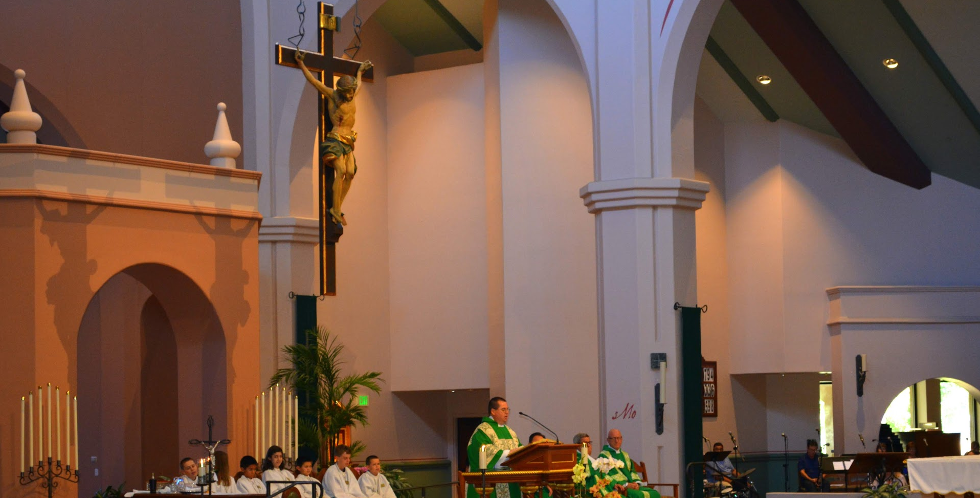Two hot topics for Catholic insiders has been the investigation Pope Francis launched into whether the Church might be able to have women deacons and, separately, whether the Church will allow more married priests, starting with South America.
Starting with the female deacons, from what I understand an investigation was completed and handed to the Pope. It more or less said that there were women deacons into the early middle ages and many of them had a ceremony when they became women deacons that looked nearly identical to the ordination ceremony of male deacons. There’s less clarity in the similarity of their roles however and they seemed in many cases to have been chosen to do things that would be imprudent to have men do, like baptizing adult women (which was often done nude).
In what seems like a completely different topic, there’s an upcoming council where the issues of expanding the ranks of married priests will be discussed. From what I understand there’s a huge shortage in South America, particularly in remote areas like the Amazon.
A very interesting article in Crux discussed some of the concerns with increasing the number of married priests. One of them was this:
There is also a fear that ordaining viri probati would create a caste system in the priesthood. Less educated, married, and ordained under special circumstances, these priests would be seen as second-class clergy in the Church.
https://cruxnow.com/news-analysis/2019/03/08/as-debate-on-married-priests-reignites-ordaining-viri-probati-faces-hurdles/
When the permanent diaconate was first established, the term “lay deacons” was often used to describe the new clergy. Even today, permanent deacons labor under rules on using clerical dress and titles that seem more concerned with making sure no one confuses them with priests than on making sure people know they are clergy. Viri probati priests could face similar problems.
It seems to me that a hidden (or at least infrequently talked about) dichotomy exists between these two thrusts. I’m not expert enough to know whether the Church could or should ordain women deacons. I’ll leave that to the wisdom of the Church and the guidance of the Holy Spirit.
But what *IS* clear is that there will be no women priests. The Church has been pretty clear on the subject. Pope John Paul II wrote a whole document on it – Ordinatio Sacerdotalis – and Pope Francis has re-iterated that thought.
So it seems to me that if we are concerned about the fact that there might be a caste system between different types of clergy (and make no mistake, deacons are clergy) and women could never be priests, allowing women deacons would permanently ensure that caste system existed. There would be a class of clergy who were fundamentally ineligible to be the other types of clergy. It would further the divide between deacons and priests.
Having married priests on the other hand would seem to re-unite the priests and deacons. If we had some of both, it would suggest that they shared more in common than before, where only one had married members. The fear is that married priests would be seen as “lower” the way today’s deacons are often seen.
But that issue is resolvable (and in my opinion is slowly being resolved). I’d even argue that married priests may help to resolve the issues. In my opinion, part of what makes deacons seem “lower” is that we are “part time” ministers. We aren’t employed by the Church by nature of our ordination. We have to provide for our own income for us and our families. This makes us appear as a less dedicated, less engrossed in the day to day life of the Church as priests, who are full-time employed by the Church.
Having married priests would I think open doors to employed deacons (if the Church is supporting the priest’s family, they could conceivably do it for the deacons too) or if the Church went the other way and married priests were “part time” it would hopefully eventually lead to an understanding that employment is not the fundamental thing that shows where our hearts fully lie.
All of this is a long way of saying that I think the Church is likely faced with a choice: It can either widen the wedge between deacons and priests by ordaining women, and thereby make it even harder to imagine a world with married priests (since the lone example of married clergy are now further from the priesthood) or work harder to re-unite all levels of clergy, and by necessity accept that it means that women can not be deacons.
But, perhaps there’s something big I’m not seeing. I’m very open to other ideas on the subject. Thoughts?
